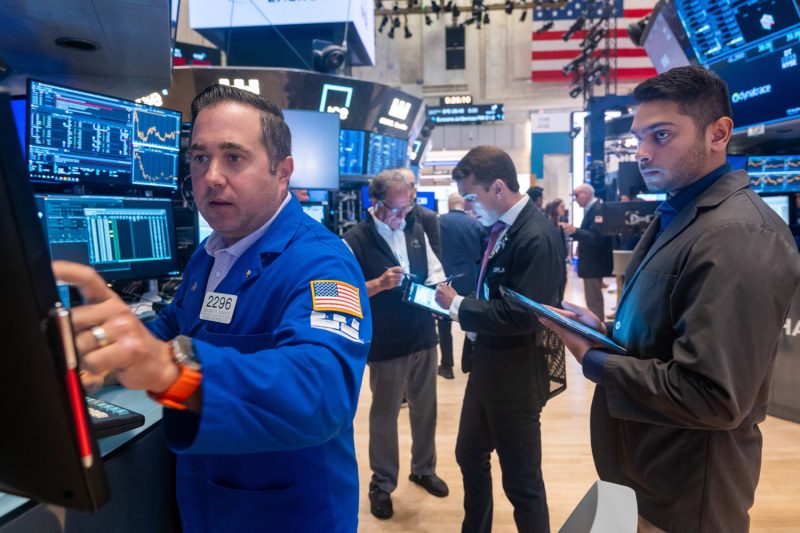The recent downturn in the U.S. stock market has unsettled many investors, with major indices closing sharply lower. Despite the negative trend, some economists remain optimistic about the overall stability of the economy. Several factors contribute to this contrasting narrative, including robust GDP growth, low unemployment rates, and manageable inflation.
One key reason why some economists believe the economy appears stable is the sustained growth in the Gross Domestic Product (GDP). The U.S. economy has seen consistent GDP expansion over the past few quarters, indicating that businesses are producing more goods and services. This growth reflects consumer confidence, as people are willing to spend money on various products and services, which, in turn, drives economic activity.
Low unemployment rates are another positive indicator of economic stability. The U.S. job market has shown resilience, with unemployment currently at historically low levels. When more people are employed, consumer spending tends to increase, leading to higher demand for goods and services. This positive cycle can stimulate further economic growth and contribute to overall stability.
Inflation, a measure of how prices change over time, has remained relatively controlled within the U.S. economy. Moderate inflation rates suggest that prices are rising at a steady pace, which can be beneficial for businesses and consumers. It allows businesses to predict future costs more accurately, and consumers can plan their spending with more confidence.
Additionally, the Federal Reserve’s monetary policies play a crucial role in maintaining economic stability. By adjusting interest rates, the Fed can influence borrowing costs, inflation rates, and overall economic activity. The Fed aims to strike a balance between encouraging economic growth and controlling inflation, which contributes to the overall stability of the economy.
While the recent stock market declines may cause short-term fluctuations and investor concerns, it is essential to consider broader economic indicators when assessing the health of the economy. The combination of strong GDP growth, low unemployment rates, controlled inflation, and strategic monetary policies suggests that the U.S. economy is generally stable.
In conclusion, while the U.S. markets have experienced a temporary setback, some economists believe that the underlying fundamentals of the economy remain strong. By focusing on key indicators such as GDP growth, unemployment rates, inflation, and monetary policy, it becomes evident that the U.S. economy is well-positioned for stability and continued growth in the long run. Investors and policymakers alike can find reassurance in these indicators as they navigate through market uncertainties.


































